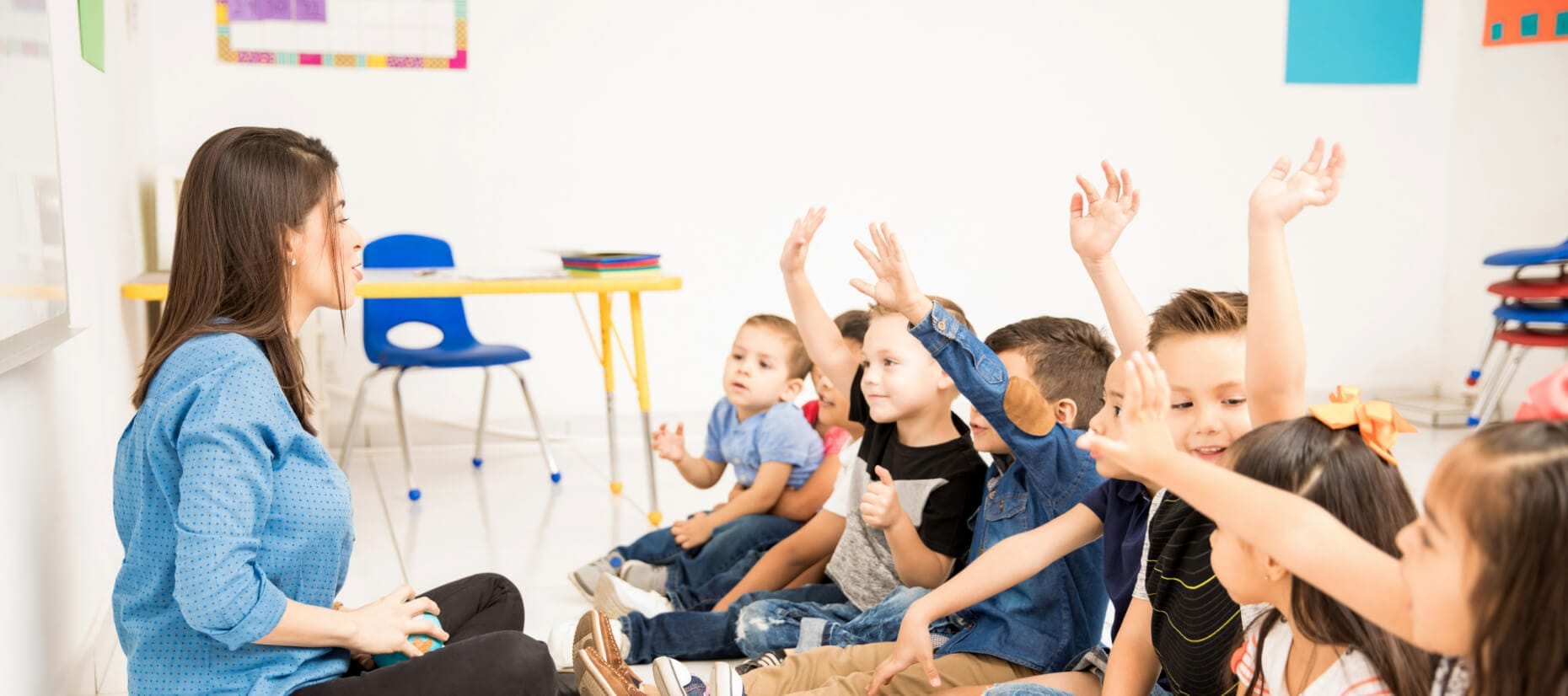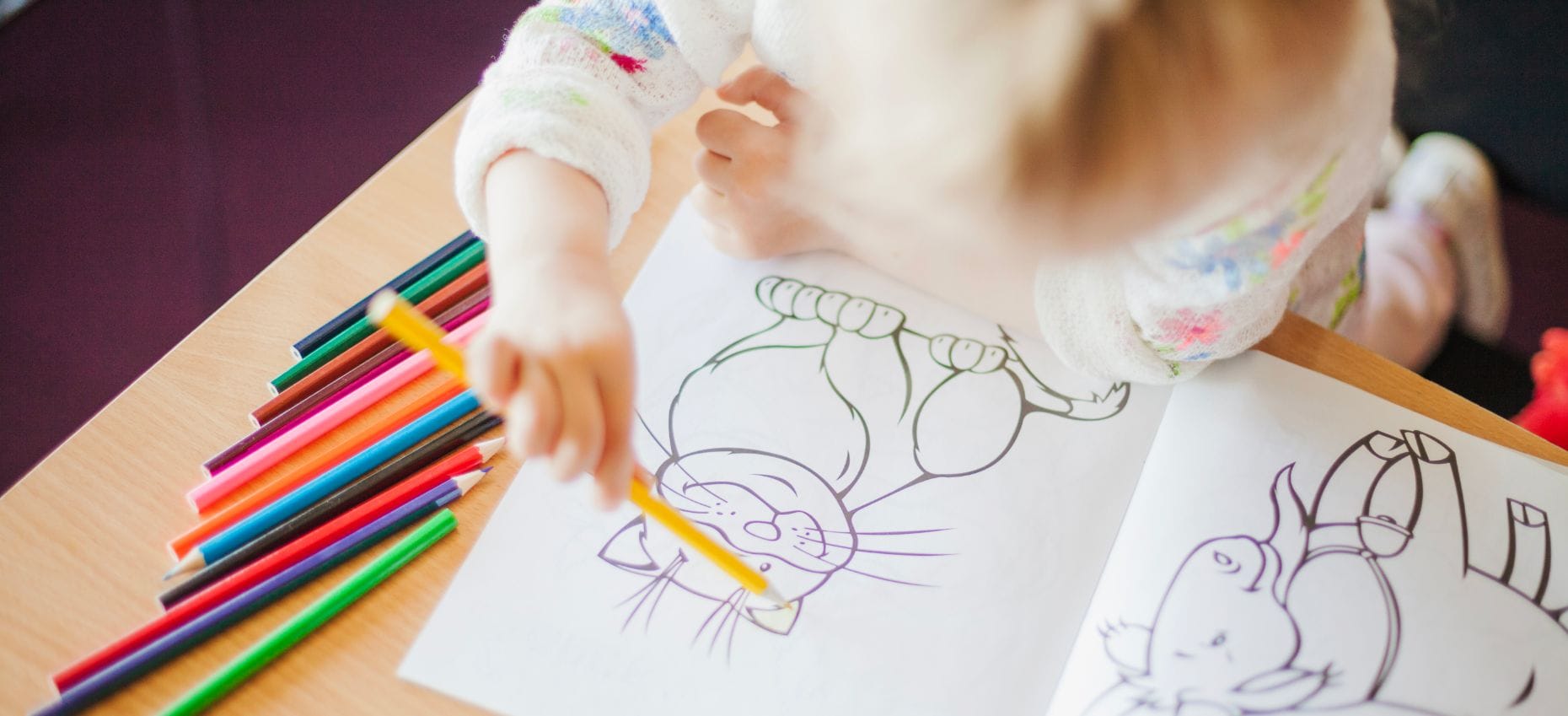Choosing the right preschool for your child is one of the most important decisions you’ll make in their early years. Preschool lays the foundation for a child’s academic, social, and emotional development. However, with so many options available, the process of selecting the perfect preschool can feel overwhelming.
In this guide, we’ll walk you through everything you need to know about how to choose the right preschool for your child. From understanding different types of preschools to evaluating curriculum and safety standards, we’ve got you covered.
Quick Custom Message:
Are you a first-time parent stressed about picking the right preschool? You’re not alone! Let’s break down this crucial decision together, so your child starts their educational journey on the right foot!
1. Why is Preschool Important?
Preschool is more than just a place where your child will learn the ABCs. It’s a vital space for your child to develop social skills, creativity, independence, and self-confidence. The preschool years (ages 3-5) are considered formative, as they mark the beginning of a lifelong learning process.
Key Benefits of Preschool:
- Social Skills Development: Children learn how to share, take turns, and resolve conflicts.
- Cognitive Growth: Early exposure to numbers, letters, and language fosters academic readiness.
- Emotional Development: Kids learn to manage emotions, follow instructions, and build friendships.
- Physical Growth: Activities like playing, building, and drawing help improve fine and gross motor skills.
2. Different Types of Preschools
Before you begin your search, it’s essential to understand the different types of preschool programs available. Each type has its unique philosophy and teaching style, and finding the right fit depends on your child’s personality and learning preferences.
Montessori
- Philosophy: Focuses on child-led learning and encourages independence. The classroom environment is designed to allow freedom within limits.
- Best For: Children who thrive in a self-paced, hands-on learning environment.
Waldorf
- Philosophy: Emphasizes creativity, imagination, and play-based learning. There is a strong focus on art, music, and nature.
- Best For: Children who enjoy creative expression and thrive in a slower, more holistic environment.
Reggio Emilia
- Philosophy: A project-based approach where the child’s interests drive the learning. There’s a strong focus on collaboration and exploration.
- Best For: Kids who enjoy working in groups and exploring their interests deeply.
Traditional Preschool
- Philosophy: Structured around teacher-led activities, traditional preschools often emphasize academic skills, like literacy and numeracy.
- Best For: Families looking for a structured environment that prepares children for kindergarten.
Play-Based Preschool
- Philosophy: Learning through play, both structured and unstructured. Play-based preschools promote socialization, creativity, and problem-solving.
- Best For: Children who learn best in a less formal, more relaxed environment.
3. Key Factors to Consider When Choosing a Preschool
Choosing a preschool is about finding a balance between what works best for your child and what fits within your family’s values and schedule. Here are the critical factors to consider:
Location and Convenience
- Proximity to Home or Work: A preschool close to home or work makes drop-off and pick-up easier.
- Hours of Operation: Check if the preschool hours fit with your work schedule or other family responsibilities.
Teacher Qualifications
- Experience & Credentials: Look for preschools where the staff holds degrees or certifications in early childhood education.
- Teacher-Child Ratio: A lower teacher-child ratio means your child will receive more individualized attention.
Safety and Cleanliness
- Hygiene Practices: Make sure the school maintains high standards for cleanliness, especially in common areas like bathrooms and dining areas.
- Safety Measures: Ensure that the facility is child-proof, with secure entrances, proper supervision, and updated first-aid equipment.
Class Size
- Smaller class sizes mean your child will get more one-on-one time with teachers, leading to better learning outcomes.
Learning Environment
- A well-organized, stimulating environment with age-appropriate toys and materials is crucial for cognitive and social development.
4. How to Evaluate a Preschool Curriculum
The preschool curriculum is the roadmap for your child’s learning experience. While preschools differ in their approaches, here’s how to evaluate whether a curriculum fits your child’s needs.
Developmentally Appropriate Practices
Make sure the curriculum is tailored to your child’s developmental stage. Look for activities that promote:
- Cognitive development (problem-solving, creativity)
- Language development (vocabulary, listening skills)
- Physical development (fine and gross motor skills)
Balance of Structured and Unstructured Activities
Preschools should offer a balance between structured lessons and free play. Both are essential for learning and development.
Focus on Social Skills
In early childhood education, learning how to cooperate, share, and resolve conflicts is just as important as academic instruction. Ensure that the curriculum supports social-emotional learning.
Parent-Teacher Communication
Check how frequently and effectively the school communicates with parents. Regular updates about your child’s progress are a sign of a well-managed preschool.
5. Questions to Ask During a Preschool Visit
Visiting preschools in person is one of the best ways to evaluate whether they are a good fit for your child. Here are essential questions to ask:
- What is the teacher-to-child ratio?
- What is your approach to discipline and conflict resolution?
- How do you handle children with different learning styles?
- What safety measures do you have in place?
- How do you accommodate children with special needs?
- What is the school’s daily routine?
These questions will give you a better understanding of the school’s culture, teaching philosophy, and how it addresses your concerns as a parent.
6. Tips for Involving Your Child in the Decision
While parents have the final say, it’s helpful to involve your child in the process. After all, they will be the ones spending time in the preschool.
Attend Open Houses Together
Many preschools host open houses or allow tours where children can explore the environment. Watch how your child reacts to the space, the toys, and the interactions.
Pay Attention to Your Child’s Reactions
Your child’s comfort and excitement about a preschool can provide valuable insight into whether it’s the right choice.
Let Them Express Their Feelings
Talk to your child after a visit. Ask what they liked or didn’t like. Sometimes, their instincts are more reliable than we think!
7. Final Thoughts: Trusting Your Parental Instincts
At the end of the day, choosing a preschool is a personal decision, and there is no one-size-fits-all approach. Trust your instincts. If a school feels right for your child and your family, then it likely is. Take your time, do your research, and make a decision that prioritizes your child’s happiness and growth.
Final Custom Message:
You’ve got this! Choosing the right preschool might seem daunting, but with this guide, you’re well on your way to finding the perfect fit for your child. Remember: your intuition, paired with research, will lead you to the right decision. Good luck!
Latest Posts

How to Make Math Exciting for Early Learners (K-2)
Discover creative strategies and engaging activities...
Read more
Enhancing Early Childhood Cognitive Development Through Play
Discover how play fosters creativity, problem-solving,...
Read more
Boosting Confidence in Children: Practical Tips for Parents
Discover practical tips to help boost...
Read more
The Role of Technology in Modern Kids’ Education
Explore how technology transforms kids’ education,...
Read more
Related post
-

The Role of Technology in Modern Kids’ Education
Explore how technology transforms kids’ education, offering personalized learning, global access, and essential skills while addressing key challenges.
Read more -

Dear Parents and Students, do you want to make elementary school math simple?
Click the topics below right away to know how addition forms the framework of math. This is the first basic…
Read more -

Top 5 Benefits of Coloring Activities for Kids
With colorful images and captivating themes, children will delight in the challenge of matching pictures, fostering cognitive development and problem-solving…
Read more









